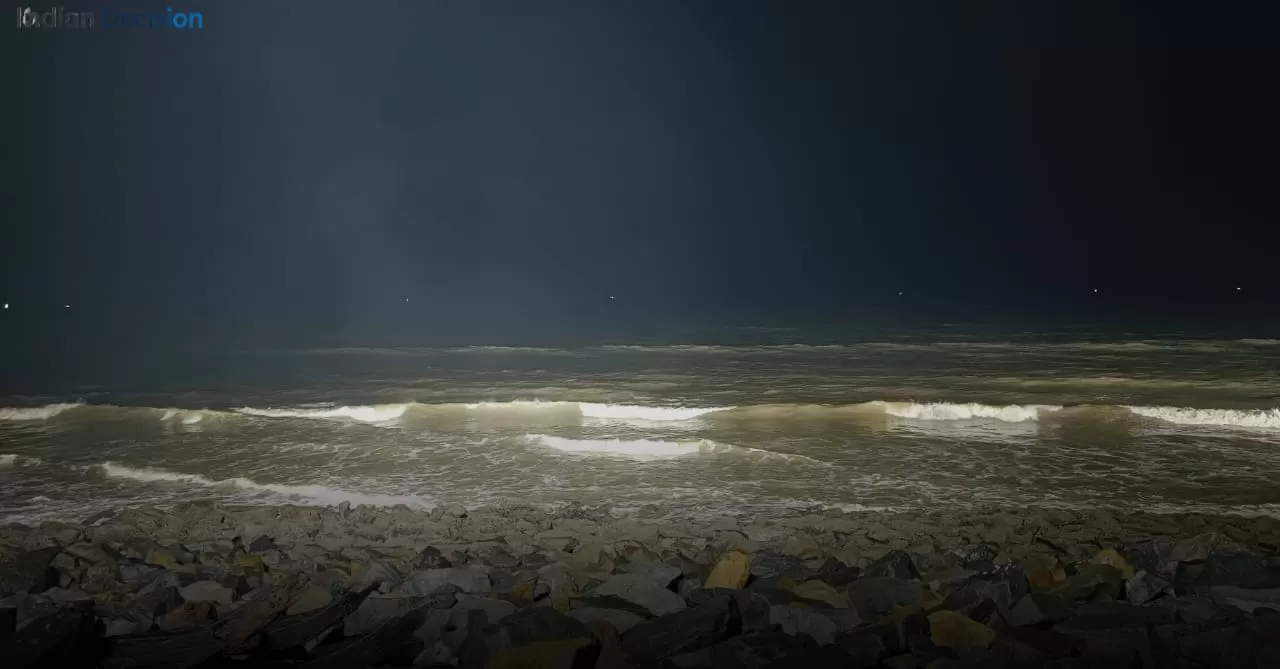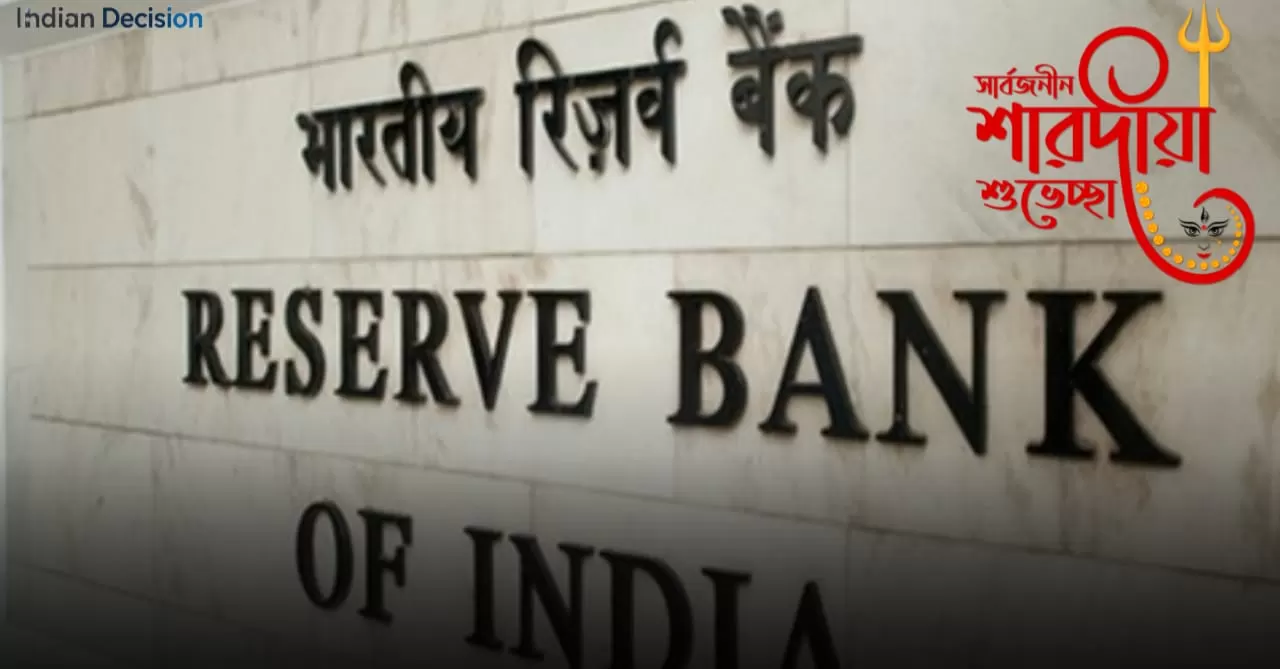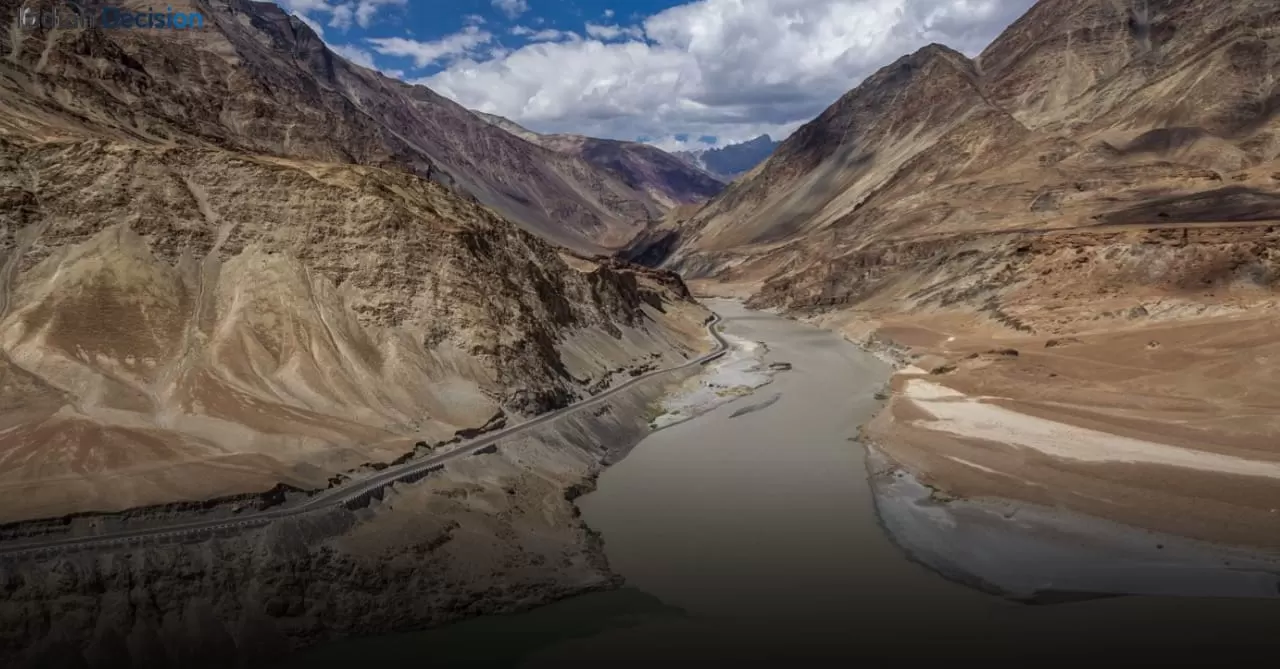Understanding Chennai's Tropical Climate: More Than Just Heat and Humidity
Chennai's weather patterns create a distinctive tropical climate that shapes life in India's fourth-largest metropolis. The city experiences consistent warmth throughout the year with significant humidity levels averaging 70-80%, creating a distinctive atmospheric feel unlike inland cities. Located on the Coromandel Coast along the Bay of Bengal, Chennai benefits from sea breezes that moderate extreme temperatures while simultaneously contributing to its characteristic mugginess. The city's weather follows a predictable yet dramatic seasonal cycle that influences water resources, agriculture, and urban planning throughout the region.
Chennai's Distinct Seasonal Weather Patterns
The meteorological department recognizes three primary seasons in Chennai: summer, monsoon, and winter. Each season presents unique characteristics that significantly impact daily life, economic activities, and tourism patterns in the region.
The Scorching Summer (March to June)
Summer in Chennai extends from March to June with peak intensity during May and early June. Maximum temperatures typically range between 38°C and 42°C, while nighttime temperatures rarely drop below 28°C. The combination of high heat and humidity creates challenging conditions for outdoor activities. The urban heat island effect exacerbates temperatures in densely built areas, while coastal regions benefit from moderating sea breezes during late afternoons and evenings. This period frequently features heatwave warnings from the India Meteorological Department, requiring residents to take precautionary measures against heat-related illnesses.
The Life-Giving Monsoon (July to November)
Chennai's rainfall pattern is unique among Indian cities, receiving most precipitation from the northeast monsoon between October and December. This system contributes approximately 60% of the city's annual rainfall average of 1,400 mm. The southwest monsoon (June-September) provides limited rainfall, making Chennai dependent on the later monsoon system. Heavy rainfall events often occur as intense, short-duration downpours that can exceed 100mm within hours, testing the city's drainage infrastructure and flood management systems developed after historical flooding events.
The Pleasant Winter (December to February)
Winter represents the most comfortable season in Chennai, with daytime temperatures ranging from 28°C to 32°C and nighttime temperatures between 20°C to 24°C. Humidity levels decrease significantly to 60-70%, creating pleasant conditions for outdoor activities and tourism. This period features clear skies with minimal rainfall, making it ideal for cultural events, beach visits, and exploration of the city's historical sites. The moderate weather conditions during winter contribute significantly to Chennai's peak tourism season and outdoor festival calendar.
Chennai Weather Today and Recent Trends
As of [Current Date], Chennai is experiencing characteristic weather patterns for this period. Current conditions include [describe current weather - e.g., partly cloudy skies] with temperatures reaching [current temperature]°C and humidity levels at [current humidity]%. The India Meteorological Department's latest bulletin indicates [any relevant warnings or forecasts]. Recent years have demonstrated increasing variability in rainfall patterns, with some years experiencing deficient rainfall while others encounter extreme precipitation events that challenge urban infrastructure.
The Northeast Monsoon: Chennai's Primary Water Source
The northeast monsoon remains critically important for Chennai's water security, typically commencing in mid-October and continuing through December. This weather system provides the majority of recharge to the city's four main reservoirs—Poondi, Cholavaram, Red Hills, and Chembarambakkam—which supply drinking water to millions of residents. The monsoon's performance directly impacts water storage levels and determines whether the city will face water scarcity or adequate supply in the subsequent summer months. Historical data shows increasing variability in monsoon patterns, with climate models suggesting further intensification of rainfall events despite potential decreases in total seasonal duration.
Best Time to Visit Chennai for Tourists
The optimal period for visiting Chennai extends from November through February, when weather conditions remain most favorable for tourism activities. During these months, temperatures range between 20°C and 32°C with relatively lower humidity levels (60-70%) compared to other seasons. These conditions prove ideal for exploring Marina Beach (the world's second-longest urban beach), historical sites like Kapaleeshwarar Temple, and cultural institutions including Kalakshetra Foundation. This period also coincides with Chennai's famous Margazhi music season, attracting art enthusiasts from worldwide.
How Climate Change is Affecting Chennai's Weather
Climate change manifests in Chennai through several observable trends: increasing temperature averages, changing rainfall patterns, and rising sea levels. Maximum temperatures have increased by approximately 0.8°C over the past three decades, while the number of heatwave days has shown a noticeable upward trend. Rainfall patterns demonstrate greater variability with more frequent extreme precipitation events—the 2023 December rainfall recorded 100mm within 12 hours despite an overall deficit monsoon. Sea level rise measurements along Chennai's coast indicate approximately 3.5mm annual increase, contributing to coastal erosion and saltwater intrusion in low-lying areas.
Essential Packing Guide for Chennai's Seasons
- Summer Essentials: Light-colored loose cotton clothing, wide-brimmed sun hat, UV-protection sunglasses, sunscreen (SPF 50+), reusable water bottle, electrolyte supplements, and portable handheld fan for outdoor excursions
- Monsoon Preparation: Waterproof backpack, quick-dry clothing, waterproof footwear with grip soles, compact umbrella, waterproof phone case, moisture-absorbing packets for electronics, and anti-fungal powder
- Winter Requirements: Light cotton wear for daytime, light woolen sweater or jacket for evenings, comfortable walking shoes, moisturizer (as humidity drops), and lip balm for protection against dry winds
Frequently Asked Questions About Chennai Weather
Why is Chennai more humid than other Indian metro cities?
Chennai experiences higher humidity levels than inland cities due to its coastal location along the Bay of Bengal. Sea breezes carry moisture inland throughout the year, maintaining average humidity levels between 70-80%. The city's equatorial proximity and warm sea surface temperatures create ideal conditions for moisture retention in the atmosphere, resulting in the characteristic muggy conditions that distinguish Chennai from drier inland cities like Delhi or Bengaluru.
What are the safest months for beach activities in Chennai?
The optimal period for beach activities extends from November through February when sea conditions remain relatively calm with minimal undertow risks. During these months, water temperatures average 27°C-29°C, providing comfortable swimming conditions. The India Meteorological Department advises against swimming during monsoon months (October-December) due to rough sea conditions, strong currents, and increased pollution runoff from city drainage systems.
How does Chennai's weather compare to Bangalore's climate?
Chennai and Bangalore present contrasting weather profiles despite their geographical proximity. Chennai features a tropical coastal climate with consistent high temperatures (annual average 29°C) and high humidity year-round. Bangalore enjoys a more moderate elevated climate (920 meters above sea level) with average temperatures of 23°C-24°C and significantly lower humidity. Bangalore receives rainfall from both southwest and northeast monsoons, while Chennai depends primarily on the northeast monsoon for precipitation.
Conclusion: Navigating the Elements in Chennai
Chennai's weather presents both challenges and opportunities for residents and visitors alike. Understanding seasonal patterns enables better preparation for the intense summer heat, monsoon rains, and pleasant winter conditions. The city's evolving climate patterns require adaptive measures, including improved urban planning, water management strategies, and disaster preparedness systems. For visitors, choosing the appropriate travel period (November-February) ensures an enjoyable experience of Chennai's rich cultural heritage and natural attractions. Always consult updated forecasts from the India Meteorological Department, particularly during monsoon transitions, and consider monsoon preparedness guidelines when planning activities during rainfall seasons.







